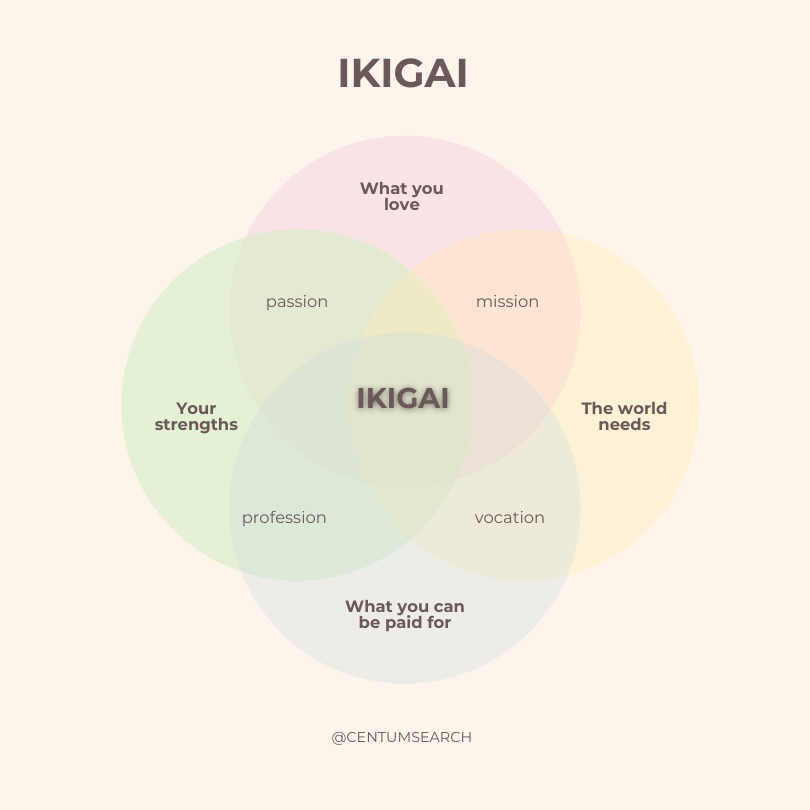Employee Tenure and Retention for Tech Leaders in 2024
Retaining top talent has become a critical challenge for managers and leaders. With the industry experiencing rapid growth and fierce competition for skilled professionals, high turnover rates can significantly impact a company's productivity, culture, and bottom line.
As the average tenure for tech employees hovers around just a couple years, understanding the underlying causes of attrition and implementing effective retention strategies is essential.
This article explores the key factors contributing to short employee tenure in tech and offers actionable insights for leaders looking to foster a more stable and engaged workforce.

The State of Employee Retention in Tech
According to the Bureau of Labor Statistics, the overall average tenure of US workers is roughly 4.1 years across industries. However, in the tech sector the average tenure is shorter at around 2-3 years. Large tech companies often see even shorter tenure at 1-3 years, and especially for software engineers and developers the average tenure is about 2 years.
The tech industry also has one of the highest turnover rates compared to other industries, estimated at 13.2% according to a recent LinkedIn study.
This turnover not only disrupts projects and team dynamics but also incurs significant costs associated with recruiting and training with downstream effects on customer experience. The Society for Human Resource Management (SHRM) reports that replacing an employee can cost up to 50-60% of their annual salary.
Key Drivers of Employee Turnover in Tech
Understanding the factors that lead to employee attrition is crucial for developing effective retention strategies. Commonly, employees seek other career opportunities due to:
- Lack of Career Growth: Tech professionals are driven by the desire to learn and advance. A Korn Ferry survey found that 33% of employees leave their jobs due to boredom and the need for new challenges.
- Competitive Compensation: In the fast-paced tech world, salaries can quickly become outdated. A Gartner study revealed that 45% of employees who left their jobs cited compensation as a primary factor.
- Work-Life Balance: The tech industry is notorious for long hours and high stress. A Gallup poll showed that 53% of employees say a role that allows them to have greater work-life balance is "very important" to them.
- Company Culture: A strong, positive culture is essential. According to Glassdoor, 77% of adults would consider a company's culture before applying for a job there.
Effective Retention Strategies for Tech Leaders
To combat these challenges, tech leaders should consider implementing the following strategies:
1. Invest in Continuous Learning and Development
Create a culture of continuous learning. Offer training programs, workshops, and opportunities for employees to work on cutting-edge projects.
Google's "20% time" policy, which allows employees to spend one day a week on side projects, has led to innovations like Gmail and AdSense.
2. Provide Clear Career Pathways
Outline clear career progression paths for your team members. Regular discussions about career goals and opportunities for advancement can significantly boost retention.
Microsoft's Career Compass program is an excellent example of how to provide employees with guidance on potential career moves within the company.
3. Offer Competitive and Innovative Compensation Packages
Stay ahead of the market with your compensation offerings. Consider equity options, performance bonuses, and other financial incentives.
Companies like Netflix have adopted an innovative approach with their "no vacation policy" policy, trusting employees to take time off when needed.
4. Prioritize Work-Life Balance
Implement flexible work arrangements and promote a healthy work-life balance.
Salesforce's "1-1-1" model, which dedicates 1% of the company's equity, 1% of its product, and 1% of employees' time to philanthropic causes, has been shown to improve employee satisfaction and retention.
5. Foster a Strong Company Culture
Build a culture that aligns with your company's values and mission. Encourage open communication, recognition, and team-building activities.
Airbnb's "belong anywhere" philosophy extends to its employees, fostering a sense of belonging and community.
6. Implement Regular Feedback and Recognition
Establish a system for continuous feedback and recognition.
Atlassian's use of peer-to-peer recognition through their "Kudos" program has been highly effective in boosting morale and retention.
7. Offer Meaningful Work and Impact
Ensure that employees understand the impact of their work on the company's goals and society at large.
Tesla's mission to accelerate the world's transition to sustainable energy resonates strongly with its employees, driving higher engagement and retention.
In conclusion, retaining top talent is not just about offering high salaries; it's about creating an environment where employees can thrive, grow, and feel valued. By implementing these strategies, leaders can build a resilient workforce that drives innovation and success.
Remember, employee retention is an ongoing process that requires continuous effort and adaptation. Stay attuned to your team's needs, be open to feedback, and always strive to create a workplace that people are excited to be a part of. In doing so, you'll not only retain your best talent but also attract new stars to your organization.
The data and insights shared in this article were informed by research and reports from the following organizations: Society for Human Resource Management (SHRM), Bureau of Labor Statistics (BLS), LinkedIn Workforce Reports, Glassdoor Economic Research, Gartner Research, Deloitte Human Capital Trends, Harvard Business Review, and MIT Sloan Management Review.
Subscribe to our newsletter!
We will get back to you as soon as possible.
Please try again later.
Resources for Careers, Talent Acquisition and Management

a b c d e f g h i j k l m n o - Do not remove from template!!! it is important to support different fonts
Questions?
Contact Us
Thank you for contacting us!
We will get back to you as soon as possible!
Oops, there was an error sending your message.
Please try again later.


